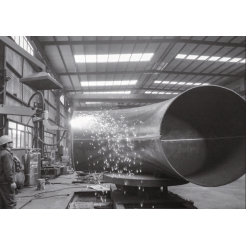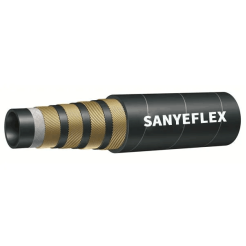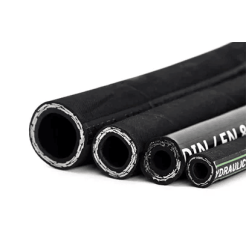Strong Acid Cation Exchange Resin cross-linked 10%
HAL LAN ™ 001X10 It is amber in color and made from a 10% cross-linked gel. It has the same high resistance to physical, thermal, and chemical degradation as other resins in the 001x10 family. 001x10 is intended for use in industrial applications where minimizing pressure loss is essential even when suspended solids may be present.
Product Description
HAL LAN ™ 001X10 Strong Acid Cation Exchange Resin cross-linked 10% ,Mainly used for hard water softening, desalination water, pure water and high pure water preparation, also used for catalyst and dehydrating agent, as well as hydrometallurgy, separation and purification of rare elements, food, pharmaceutical, sugar, industrial also used for hydrometallurgy extraction of tungsten, molybdenum, vanadium, rare earth and other rare elements separation, and as esterification reaction of synthetic ester fine products and dehydrating agent. In the field of environmental protection, wastewater treatment and recovery of gold, silver, copper, chromium, palladium and other precious metals, in the plant extraction and biochemical extraction industry for decolorization, separation, refining and other processes, and also used in antibiotic extraction and analytical chemistry test of copper, zinc, aluminum, titanium, rare earth elements.High Volume Exchange Capacity.
|
Name |
Strong Acid Cation Exchange Resin corss-linked 10% |
|
Appearance |
Pale yellow clear spherical beads |
|
Polymer Structure |
Gel polystyrene crosslinked with divinylbenzene |
|
Functional Group |
Sulfonic Acid |
|
Ionic Form as shipped |
Na+ |
|
Weight Exchange Capacity |
≥4.4mmol/g |
|
Volume Exchange Capacity |
≥2.2mmol/ml |
|
Specific Gravity |
1.28~1.32g/ml |
|
Shipping Weight |
0.8~0.88g/ml |
|
Moisture Retention |
38%~43% |
|
Particle Size Range |
0.315~1.25 mm |
|
Reversible Swelling |
Na+ → H+ 4-8% |
|
Temperate Limit |
H100℃,Na120℃ |
|
Sphere rate after abrasion |
≥95% |
Applications:
1) Water treatment
Ion-exchange resins are in great demand in the field of water treatment, accounting for about 90% of the output of ion-exchange resins, which are used for the removal of various anions in water. The largest consumption of ion exchange resin is used in the pure water treatment of thermal power plants, followed by atomic energy, semiconductor and electronic industries.
2) The food industry
Ion exchange resin can be used in sugar, monosodium glutamate, wine refining, biological products and other industrial devices. For example, high fructose syrup is produced by extracting starch from corn, and then hydrolyzing to produce glucose and fructose. After ion exchange treatment, high fructose syrup can be produced. The consumption of ion exchange resins in the food industry is second only to that of water treatment.
3) The pharmaceutical industry
Ion exchange resins for pharmaceutical industry play an important role in the development of new generation of antimicrobials and the quality improvement of the original antimicrobials. The successful development of streptomycin is a prominent example. In recent years, some researches have been made on the commission of traditional Chinese medicine.
What is the difference between 8% and 10% softener resin?
The 10% crosslinked resin offers up to 50% longer life and 10% additional capacity than the 8% crosslinked resin. A higher degree of crosslinking leads to a decreased bead size and therefore a greater number of beads allowed per cubic foot of resin.
Is there a difference in water softener resin?
The first thing you should know is that there is little if any difference between brands of softening resin. It is best to pick the cheapest one within reason. You do not want resin to be dried out or you may have problems with low capacity and high levels of particulates.

Email: info@Hailanresin.com
Mob.: +86 166 6392 6123
WeChat: +86 166 6392 6123
Whatsapp: +8616663926123
Add.: Henan Province Hebi City Industrial Park








